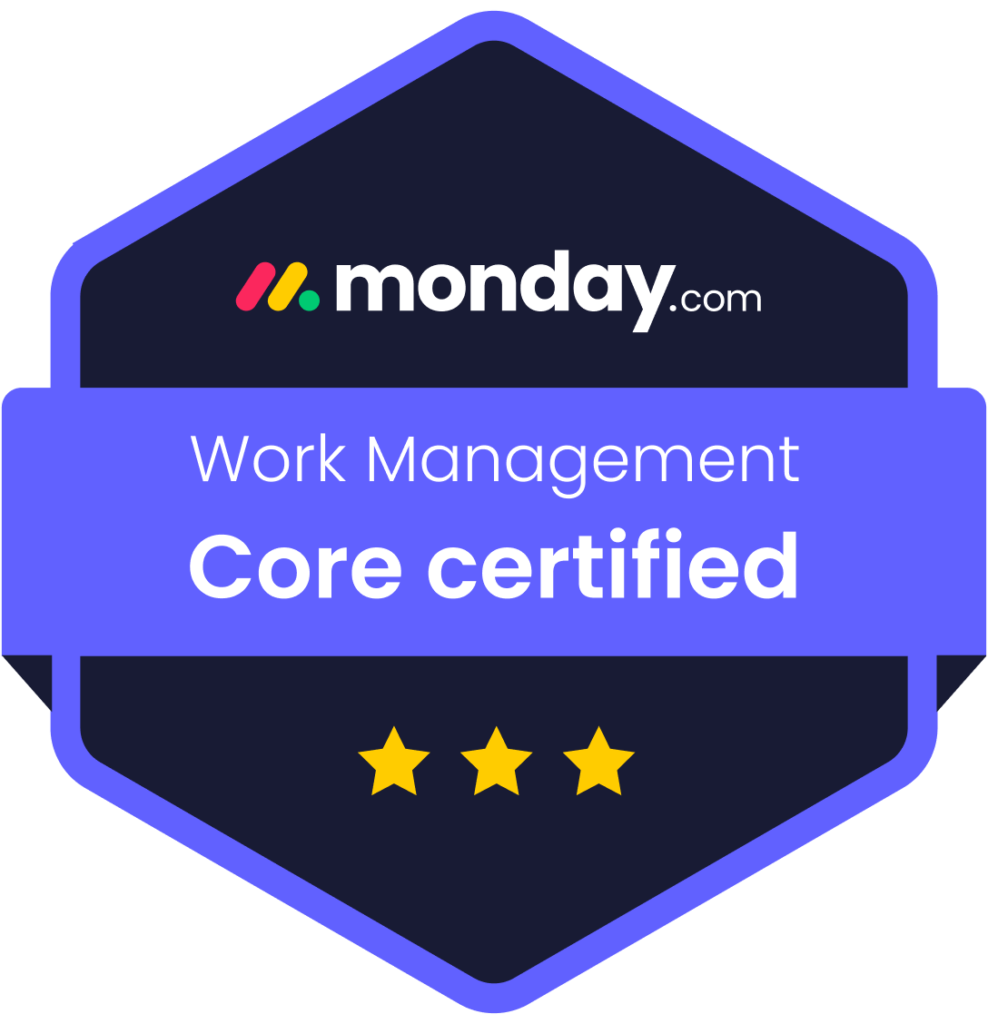Blogging serves as one of the most powerful marketing tools today and is widely employed by entrepreneurs and businesses. Many people and companies depend on news and articles for industry trends and ideas, making it simpler to market goods and services while also informing your intended audience. However, given the plethora of blogs available on the internet nowadays, it is very challenging to make your blog shine among many.
Blogs have been very prominent all along while educating, enlightening, and inspiring. Additionally, given that organic search depends on high-quality content to generate suitable search outcomes, optimizing blog articles may benefit you in boosting online traffic. Choosing the appropriate keywords was all that was required in traditional SEO, but contemporary SEO is much more varied and thorough.
It is based on factors such as page layout, page rank, online presence, content relevancy, knowledge and information transmission, page experience, keyword utilization, and others. Below are some effective strategies on how to write blogs for SEO to help your web pages rank higher in search results.
First and Foremost – Write for Your Audience
The very first point to consider is to write for your intended audience base, which may sound straightforward and apparent. A few businesses create content for improper motives. The key is to generate material that addresses the audience’s inquiries or piques their curiosity.
All writings must be relevant to the product or service being presented, and you must establish yourself as a professional on the matter. This is particularly crucial in 2022 since Google will strive to emphasize page experience and core web vitals, where the search engine beast’s primary focus is offering the best user experience.
Determine Your Primary Keyword
An excellent blog article does have a basic subject that connects all of it. Your content will be relevant to your primary keyword since you are concentrating on optimized blog articles. Keyword research is an essential element of a successful SEO content technique. To minimize keyword cannibalization, every article you publish must emphasize a single target term.
Perform keyword exploration to determine the search phrases that readers generally often choose to know more about a specific subject. Depending on the traffic and severity. Web tools like Ahrefs can assist you to filter down the ideal search phrases to target.
Examine the Search Intent
Search engines are continuously striving to comprehend the users’ purpose beneath their queries, therefore they are continually developing in this regard. This is very crucial in SEO that the content be pertinent to the primary search intent, which directly affects the web page ranking. Therefore, it is important to determine what your intended audience is searching for, which is the primary stage of developing content that delivers.
If confused, do research for your keyword and examine the sorts of information that appear in the results. This is a very evident indicator of the search intent you must target with your selected keyword. Currently, SEO technologies that use NLP (Natural Language Processing) may assist you in identifying the themes that your audiences are most interested in. Also, using a service such as FandangoSEO’s Content Ideation, you may construct fantastic subject groups.
Keyword-Rich Text
Search bots examine a webpage’s URL for indications about its content. For SEO blogs, the URL must include website hierarchy details as well as a keyword that simply and precisely conveys the content of the article. Each and every part of content, notably titles, should include user-relevant and keyword-rich phrases. It enables the intended audiences and the search engine to understand the gist of the article.
Nevertheless, it doesn’t imply that you must use keyword cramming since this will affect your rating. Attempting to enhance your post’s keyword bulk beyond moderation is a behavior that search engines detest. It is preferable if you employ terms in a realistic tone. URLs composed of digits, characters, and icons are tough to grasp and serve no purpose for readers or SEO.
Create Rich Snippet Optimized Content
Google’s featured snippets are boxes of information that Google emphasizes at the peak of search results to give the audience the information they want instantly. While this may discourage consumers from visiting and joining your website, it may equally boost your online presence and rank you ahead of your opponents. As a result, it is a smart option to strive to rank in the featured snippets beforehand.
Reckon organized information to your content pages to optimize them for feature snippets. Since Google enjoys displaying lists, figures, and stages in that area, you can employ them if found as an appropriate layout for addressing consumers’ concerns.
Use Catchy MetaData
The headline is located at the peak of your article. You have greater flexibility with the size of your headline, but keep in mind how this might appear once published. Headlines should be appealing enough to capture the interests of the audience. They must be clear and, as we previously noted, incorporate keywords.
A meta description comprises a 920-pixel (approximately 158 characters) or shorter summary of a website that informs viewers about the subject of a blog article. A smartphone display typically has 680 pixels or 120 characters. In search results, meta descriptions show alongside your article’s address link and title.
Although they have no immediate impact on your position, they are a great way to promote organic traffic and attract audiences to jump on to your content rather than a competitor’s. When writing the meta description, use related keywords and all actions like “learn more” or “buy now.” A program like Yoast may assist you in effortlessly entering a meta description for your blog article and ensuring it isn’t too lengthy.
Create an Optimized Layout for Your Article
A well-designed blog keeps it simple for search engines to analyze information relating the keywords and context. Likewise, users of the site may quickly understand the point and flow of the material without being scaled back by complex language or terminology. Moreover, although if you’ve jotted in a lot of interesting words and information in your article, it would all become useless provided your article layout is unsatisfactory.
Splitting your content into short paragraphs with relevant headings makes it convenient for the audience to read and impress search engines. Employ a proper sequence of header tags for proper article layout.
Graphics and Clips
Graphics helps in breaking up long chunks of text in a blog article. Therefore, you shouldn’t be afraid to put some appealing graphics like photographs that highly attract your audience visually. It’s more terrific if you can incorporate video clips and GIFs as well. They are a fantastic resource for presenting knowledge in a much more engaging manner.
This also helps increase the media/content ratio.
Making Use of Social Media to Spread The Word
To access a larger readership target, collaborating with social media is a must. It is a great way to reach broader audiences. You should put up each and every piece of content you create alongside some really attention-grabbing captions and a solid call to action on social media platforms. Also, putting up a share button is mandatory for every article.
Use image alt text to boost SEO by summarizing the information of a graphic and expressing the content of your article to Google’s search engines. In addition to alt text assisting with SEO, it also makes your website more readable to individuals who use screen readers. Image alt text benefits Google since search bots can simply recognize pixels in photos, not content.
Google understands and indexes photos using the alt element. It is useful if an image file does not load smoothly due to limited broadband or technical issues by indicating what is really supposed to be there.
Review Your Post
Before you press the publish button, double-check that your blog article appears precisely the way you intend it to. Ensure to check your post across both desktop and mobile platforms to verify how it will appear. Examine your layout to ensure that it is simple to understand, that pictures have been displayed properly, and that there are no code mistakes. After you’ve confirmed that it all appears Fine, click “publish” to begin advertising your new content.
Keep Track of Your SEO-Process
Finally, you should keep track of your efforts to ensure that it is SEO-friendly. It is critical to examine analytics such as bounce rate and time spent on the page to determine users’ engagement. However, Google offers a freeware application called Google Analytics that aids in keeping track of your activity statistics.
Monitoring these indicators is important for determining whether the articles are pleasing to the audience. These analytics also aid as a standard in creating and developing new content. SEO Crawler applications like FandangoSEO come quite handy in monitoring the parameters influencing your content’s quality that search engines evaluate.













